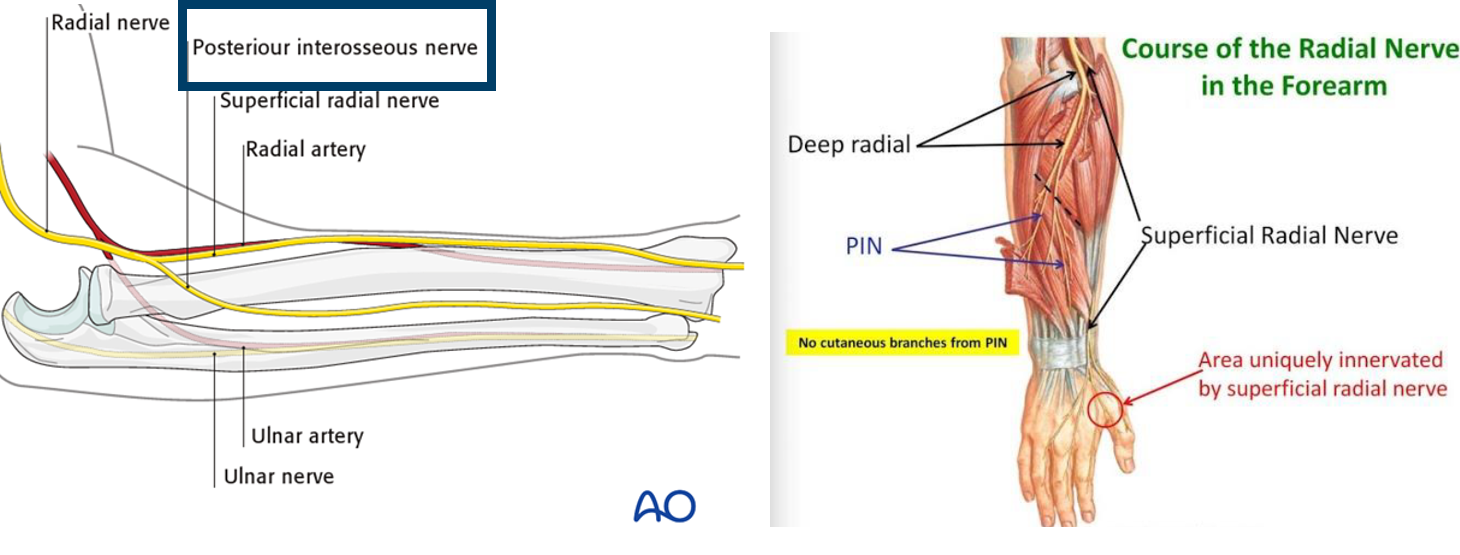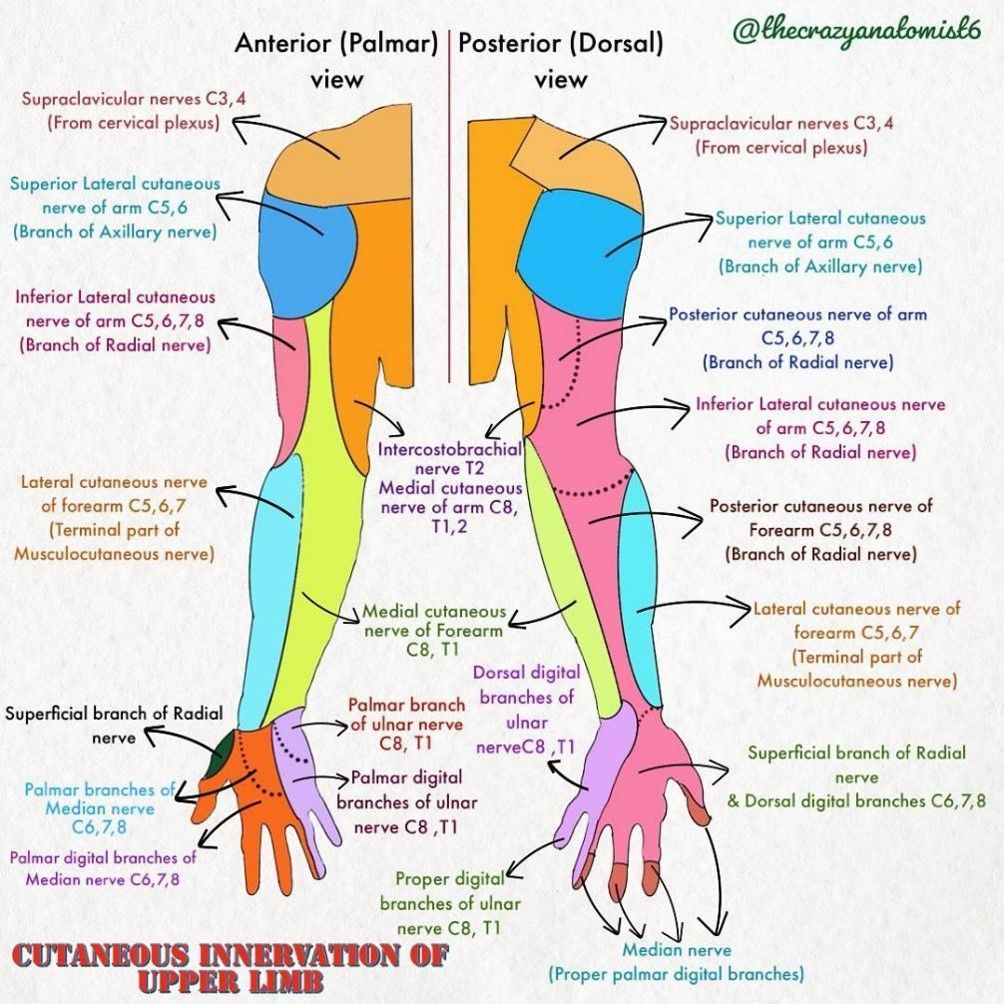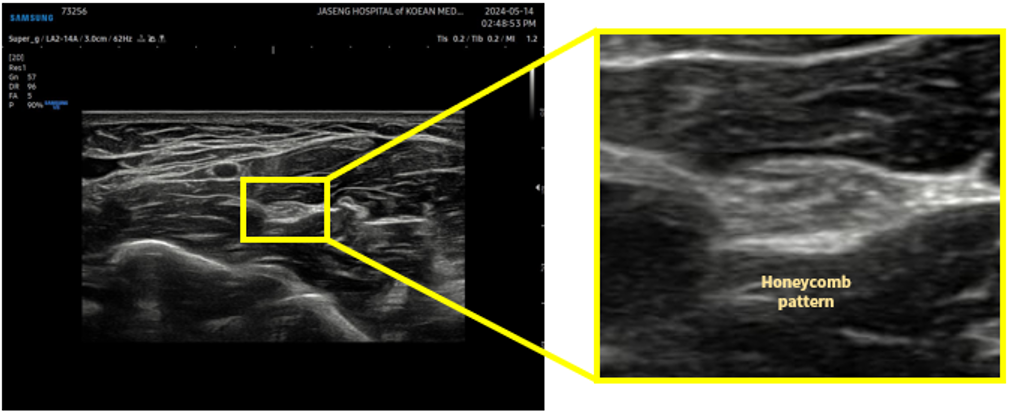Apr 14 • Nakyoung Lee
[Lecture Review] Ultrasound-Guided Approach to Cervical Peripheral Nerves – Part 2
Finally, the new lecture 'Ultrasound-Guided Approach to Cervical Peripheral Nervs - Part 2' has been uploaded!
This lecture introduces the sonoanatomy and ultrasound-guided approach along with real-world clinical symptoms, highlingthing ultrasound-guided pharmacopuncture techniques for key nerves in the neck and upper body.
Lecture Overview – This lecture is structured around the following key learning objectives:
1. Comprehend the anatomy and pathology of major peripheral nerves in the neck and apply ultrasound-guided treatment techniques.
1. Comprehend the anatomy and pathology of major peripheral nerves in the neck and apply ultrasound-guided treatment techniques.
2. Assess the clinical application of new medical devices and compare them with existing treatment methods to optimize patient outcomes.
3. Identify critical considerations in interventional procedures to enhance procedural safety.
Bridging Anatomy with Clinical Practice
One of the most valuable aspects of this lecture is its integration of detailed sonoanatomy with real clinical application.
By highlighting not only the course of each nerve but also its most common entrapment sites and associated symptoms, the lecture enables clinicians to directly translate anatomical knowledge into treatment strategies.
For example:
1. The dorsal scapular nerve is presented with both scalene and rhomboid approaches, offering flexibility based on the entrapment site.
2. The suprascapular nerve, a major target in chronic shoulder pain syndromes, is discussed with anatomical clarity and practical injection tips, including ultrasound guidance to avoid complications such as pneumothorax.
3. The radial nerve, particularly its posterior interosseous branch(PIN), is emphasized for its role in more deficits, distinguishing it clearly from its sensory counterpart.
By highlighting not only the course of each nerve but also its most common entrapment sites and associated symptoms, the lecture enables clinicians to directly translate anatomical knowledge into treatment strategies.
For example:
1. The dorsal scapular nerve is presented with both scalene and rhomboid approaches, offering flexibility based on the entrapment site.
2. The suprascapular nerve, a major target in chronic shoulder pain syndromes, is discussed with anatomical clarity and practical injection tips, including ultrasound guidance to avoid complications such as pneumothorax.
3. The radial nerve, particularly its posterior interosseous branch(PIN), is emphasized for its role in more deficits, distinguishing it clearly from its sensory counterpart.

Reframing Common Misconceptions
In clinical practice, practitioners often associate sensory issues in the forearm with the radial nerve due to its anatomical route.
However, this lecture explains why such assumptions can be misleading and instead directs clinicians to consider nerves like the lateral antebrachial cutaneous nerve, a continuation of the musculocutaneous nerve, when diagnosing lateral forearm sensory changes.
However, this lecture explains why such assumptions can be misleading and instead directs clinicians to consider nerves like the lateral antebrachial cutaneous nerve, a continuation of the musculocutaneous nerve, when diagnosing lateral forearm sensory changes.

When Pathology Meets Precision: Ultrasound-Guided Techniques
This lecture excels at demonstrating how to perform targeted injections with precision, not just based on symptoms, but grounded in anatomical variation and imaging landmarks.
From the carpal tunnel approach for the median nerve to navigating the arcade of Frohse for PIN entrapment, the lecture provides both the theory and real ultrasound guidance for each technique.
It also addresses why ultrasound is not only a helpful adjunct but an essential tool for safe, effective peripheral nerve interventions—especially when treating high-risk or deep structures like the ulnar nerve in Guyon’s canal or the suprascapular nerve beneath the trapezius.

Why This Lecture Matters
For clinicians looking to refine their skills in ultrasound-guided peripheral nerve interventions, this lecture is both practical and advanced.
It moves beyond textbook anatomy to tackle real-world challenges like differential diagnosis of entrapment syndromes, accurate needle targeting, and optimizing therapeutic outcomes through pharmacopuncture.
It’s especially valuable for practitioners in integrative medicine, pain management, sports medicine, or neurorehabilitation who need to work across anatomical and diagnostic boundaries with confidence.
Want to Learn More? Watch the Lecture!
If you're seeking a comprehensive, image-based, and clinically grounded guide to cervical peripheral nerves and ultrasound-guided treatment, don't miss this lecture.
Click to watch now and take your diagnostic and treatment skills to the next level!
What to read next on Jaseng Medical Academy
Get in touch
-
536, Gangnam-daero, Gangnam-gu, Seoul, Korea
-
jaseng.education@jaseng.co.kr
-
+82 2 2222 2792
-
Contact Us
Family Sites
Our Newsletter
Receive Jaseng Medical Academy's updates and events
Thank you!
Copyright © 2019 - 2025 Jaseng Medical Academy. All rights reserved.

